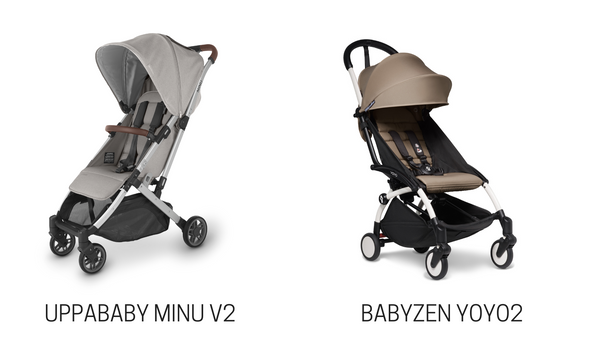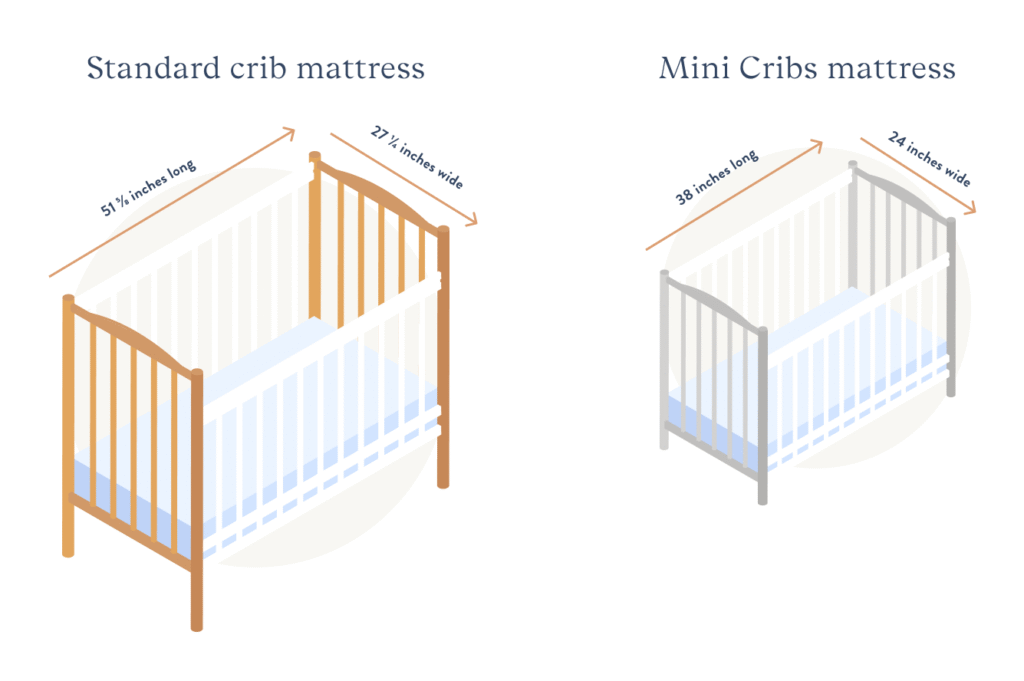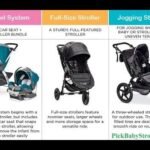How to Properly Put Baby in Car Seat: Expert Guide
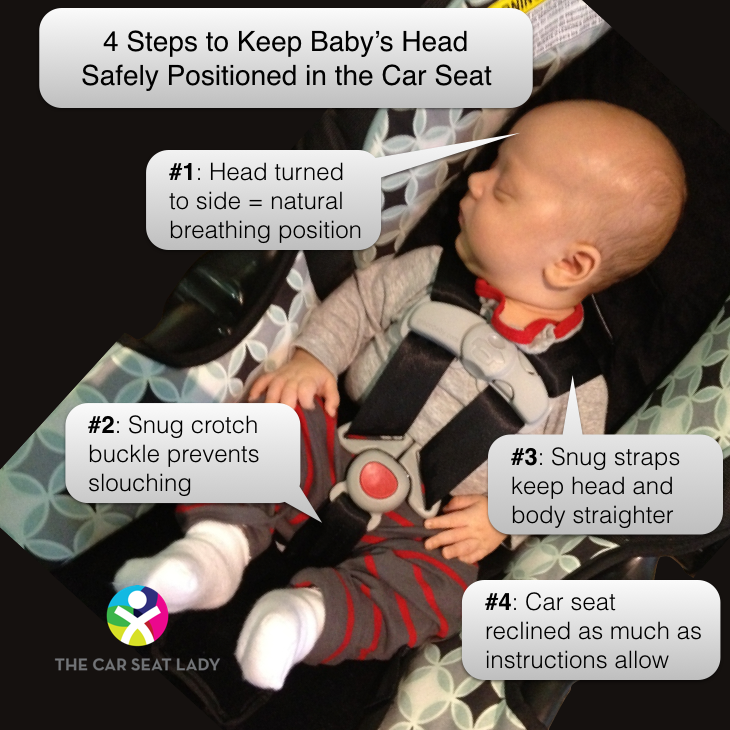
Securing your baby in a car seat is crucial for safety. Proper installation and positioning prevent injuries during travel.
Understanding how to correctly place your baby in a car seat is vital for every parent or caregiver. Ensuring your baby’s safety starts with the right car seat setup. Navigating the world of car seats can be overwhelming with various models and guidelines.
Many new parents find themselves confused by straps, buckles, and angles. Yet, mastering this skill is essential for safe travel. This guide aims to simplify the process, offering clear steps to ensure your baby is secure. With the right approach, you can confidently protect your little one on every journey. Let’s explore the best practices for safely placing your baby in a car seat.
Choosing The Right Car Seat
Choosing the right car seat for your baby is crucial. It ensures their safety during travel. With various options available, parents may feel overwhelmed. Understanding the differences between seat types can help. It’s important to select a seat that fits your child’s needs.
Infant Vs Convertible Seats
Infant seats are designed for newborns. They provide support for small babies. These seats typically face the rear. This position protects the baby’s fragile neck. Convertible seats grow with your child. They start as rear-facing and can change to forward-facing. Convertible seats offer flexibility. They are suitable for children up to preschool age.
Safety Standards
Safety standards are vital for car seats. They ensure the seat provides proper protection. Look for seats that meet federal safety guidelines. Check for labels that indicate compliance. This ensures the seat has passed safety tests. Always read the manufacturer’s instructions carefully. Follow them to ensure correct installation. Proper use of the seat increases safety during travel.

Credit: www.keuka-studios.com
Installation Basics
Installing a baby car seat correctly ensures your child’s safety during travel. Following installation basics is crucial for peace of mind. Mistakes can lead to discomfort or injury. Let’s explore key aspects of car seat installation.
Reading The Manual
Every car seat comes with a manual. Reading it is essential. It provides detailed installation instructions. The manual includes safety features and weight limits. Understand the specifics for your car seat model. Follow the guidelines carefully.
Manufacturers design seats with unique features. The manual helps you use these features properly. It ensures correct installation. Keep the manual handy for future reference.
Correct Positioning
Positioning the seat correctly is vital. Place the car seat in the back seat. It’s the safest location. Ensure the seat faces the rear for infants. This position protects the baby’s head and neck.
Check the angle of the seat. Use angle indicators if available. The seat should not be too upright or reclined. Adjust the harness height to fit your baby snugly. A secure fit prevents movement during travel.
Lock the car seat tightly. Test for movement by shaking it. The seat should not move more than an inch. A stable seat provides maximum safety.
Securing The Car Seat
Securing the car seat is crucial for your baby’s safety. It ensures the seat stays firm during travel, protecting your child. Understanding different securing methods helps parents choose the best fit for their car model.
Latch System
The LATCH system stands for Lower Anchors and Tethers for Children. It connects the car seat directly to the vehicle’s frame. This method provides a stable base, reducing seat movement. Locate the anchor points in your vehicle’s rear seat. Attach the connectors from the car seat to these anchors securely. Ensure the straps are tight and free of twists. Check the tension by giving the seat a gentle shake. It should not move more than an inch.
Seat Belt Method
The seat belt method is another way to secure a car seat. First, position the seat correctly on the vehicle seat. Thread the seat belt through the designated path on the car seat. Fasten the seat belt buckle tightly. Pull the belt to remove any slack. Lock the belt by engaging the locking mechanism. Test the seat’s stability with a firm push. Minimal movement indicates proper installation. Always double-check the belt’s tightness for added safety.
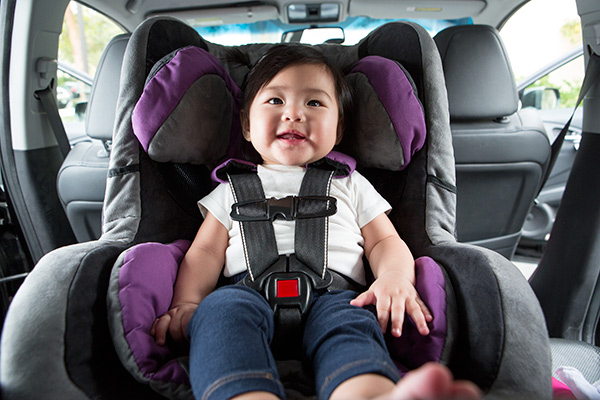
Credit: living.geico.com
Adjusting The Harness
Secure the harness snugly over the baby’s shoulders. Ensure the straps lie flat without twists. Adjust the buckle at the baby’s hip level for a safe fit.
Adjusting the harness is vital for your baby’s safety in the car. Properly securing the harness ensures your child is protected during every journey. Let’s explore the essential steps to adjust the harness correctly.Proper Harness Tightness
The harness must be snug against your baby’s body. This prevents unnecessary movement in case of sudden stops. Check the tightness by pinching the strap at the shoulder. You should not be able to pinch any excess webbing. This indicates the harness is tight enough. Ensure the harness is evenly tightened on both sides. This helps distribute pressure evenly across the body. Always double-check the tightness before driving.Chest Clip Position
The chest clip is crucial for maintaining harness position. It should be at armpit level, not on the stomach or neck. Correct positioning helps keep the harness straps over the shoulders. The chest clip should sit flat against your baby’s chest. This prevents the straps from slipping off the shoulders. Adjust the clip after tightening the harness. Ensure it is centered and level. Regular checks ensure the clip remains in the correct position.Positioning The Baby
Properly positioning your baby in a car seat ensures their safety and comfort. It’s crucial to know the best way to secure your baby. This process involves supporting their head and neck, and placing their legs and feet correctly. Let’s explore these important steps.
Head And Neck Support
Ensure your baby’s head is stable and supported. The infant’s head should not flop forward. This can block their airway. Use the car seat’s head support feature. If necessary, add extra padding. Always check that it doesn’t push the head forward. A rolled-up cloth can provide gentle support too. But, avoid any support that changes the car seat’s design. Safety comes first.
Legs And Feet Placement
Position the baby’s legs comfortably in the car seat. They should not be scrunched up tightly. Allow for a relaxed position. Feet might touch the back seat, and that’s okay. Ensure the seat’s harness does not press on the legs. Secure the harness snugly over the shoulders and between the legs. Adjust for fit as the baby grows. A comfortable baby is a safer baby.
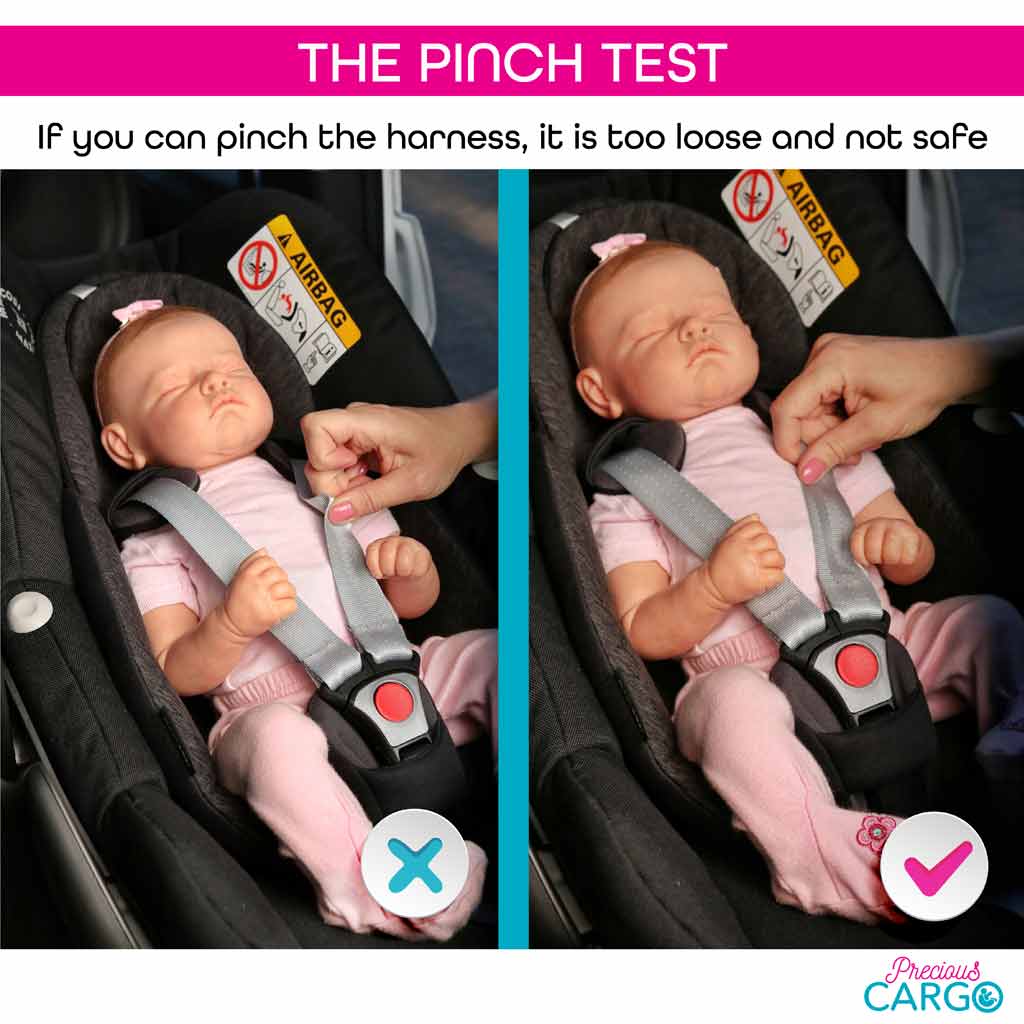
Credit: www.agevillage.com
Common Mistakes To Avoid
Securing a baby in a car seat can be tricky. Avoid loose straps; they must be snug. Make sure the chest clip is at armpit level. Double-check the seat angle to keep the baby’s head from falling forward.
Ensuring your baby is securely fastened in their car seat is crucial for their safety. However, many parents unknowingly make mistakes that can compromise this safety. Whether you’re a new parent or a seasoned pro, it’s easy to overlook small details that make a big difference. Let’s dive into some common mistakes you should avoid to keep your little one safe and sound.Loose Straps
One of the most frequent errors is leaving the car seat straps too loose. Loose straps can lead to your baby being jostled around in the seat, which can be dangerous in the event of a sudden stop or accident. Always ensure the harness is snug, allowing no more than one finger’s width between the strap and your baby’s collarbone.Have you ever noticed your baby looking uncomfortable in their car seat? Sometimes, it’s tempting to loosen the straps for comfort, but remember that a snug fit is a safe fit. Try adjusting the straps while your baby is wearing their usual clothes to find the right tightness.Incorrect Angle
Another common mistake is installing the car seat at the wrong angle. The angle is critical because it affects your baby’s head and neck position, especially for newborns. If the seat is too upright, your baby’s head might flop forward, potentially obstructing their airway.Check the car seat’s manual for the recommended angle, which usually includes a built-in level indicator. Have you verified if your car seat is installed at the correct angle lately? Adjusting it could be as simple as adding a tightly rolled towel under the base.By paying close attention to these details, you can significantly enhance your baby’s safety in the car. It’s not just about following guidelines; it’s about protecting your most precious cargo.Routine Safety Checks
Ensuring your baby is safe in the car seat is vital. Routine safety checks can make a big difference. These checks prevent potential hazards and ensure a secure ride. Regular inspections and seasonal adjustments are key parts of this process.
Regular Inspections
Inspect the car seat weekly for wear and tear. Check the straps for any fraying or damage. Ensure the seat is firmly attached to the vehicle. Examine the buckle to ensure it latches securely. Test the harness for proper tension and fit. A loose harness can be dangerous. Ensure the seat is not expired. Most seats have an expiration date on the label.
Seasonal Adjustments
Adjust the car seat as seasons change. In winter, remove bulky coats before buckling. Bulky clothing can affect harness tightness. In summer, check for overheating issues. Use sunshades to protect your child from direct sunlight. Adjust the harness to fit lighter clothing. Ensure the seat remains snug and secure all year.
Travel Tips For Parents
Traveling with a baby requires careful planning. Ensuring your child’s safety and comfort is crucial. A well-prepared parent can make a journey enjoyable for everyone. Here are some essential travel tips for parents.
Long Drive Preparations
Start by checking the car seat. Ensure it’s installed correctly. Follow the manufacturer’s instructions. Check the straps and harness for safety. Adjust them to fit snugly around your child. Pack essentials like diapers, wipes, and extra clothes. Keep them within easy reach. Plan regular stops to stretch and relax. This helps avoid restlessness. Bring snacks and drinks for both you and your baby. Hydration is key during long drives.
Comfort And Entertainment
Comfort is important for a peaceful trip. Dress your baby in layers. This makes adjusting to temperature changes easier. Use sunshades to block direct sunlight. It keeps the car cool and comfortable. Bring a favorite blanket or toy. Familiar items help soothe your baby. Consider playing gentle music. It can have a calming effect. For older babies, interactive toys can keep them engaged. Rotate toys to maintain interest.
Frequently Asked Questions
What Is The Correct Way To Place An Infant In A Car Seat?
Place the infant in a rear-facing car seat in the back seat. Ensure the harness is snug and chest clip at armpit level. Adjust the seat angle to prevent head slumping. Always follow the car seat manufacturer’s instructions for installation and safety guidelines.
What Is The 2 Hour Car Seat Rule?
The 2-hour car seat rule recommends taking breaks to prevent discomfort and health risks for infants and toddlers. Limit car seat use to two hours at a time to ensure safety and comfort. This helps reduce the risk of breathing difficulties and pressure on the spine.
How Must A Newborn Baby Car Seat Be Installed Correctly?
Secure the car seat in the back seat, facing the rear. Use the car’s seat belt or LATCH system. Ensure the seat is snug without excessive movement. Adjust the harness so it’s tight over the baby’s shoulders. Check the angle to keep the baby’s head from tilting forward.
Should A Baby Car Seat Be Behind The Driver Or Passenger?
Place the baby car seat in the back seat, ideally in the middle for maximum safety. Avoid positioning it directly behind the driver. Ensure it is properly installed following manufacturer guidelines to protect your child. Always prioritize rear-facing seats for infants.
How Do I Ensure The Car Seat Is Secure?
Check that the seat is tightly fastened. It should not move more than one inch side-to-side.
Conclusion
Ensuring your baby is safely secured in a car seat is crucial. Correct installation protects your baby during travel. Always check the seat’s instructions for guidance. Make sure straps fit snugly but comfortably. Keep the chest clip at armpit level for safety.
Regularly inspect the car seat for any wear or damage. Practice makes perfect, so don’t hesitate to adjust as needed. Prioritize your baby’s safety every time you drive. With these tips, you can travel with peace of mind, knowing your little one is safe.
Happy travels!



